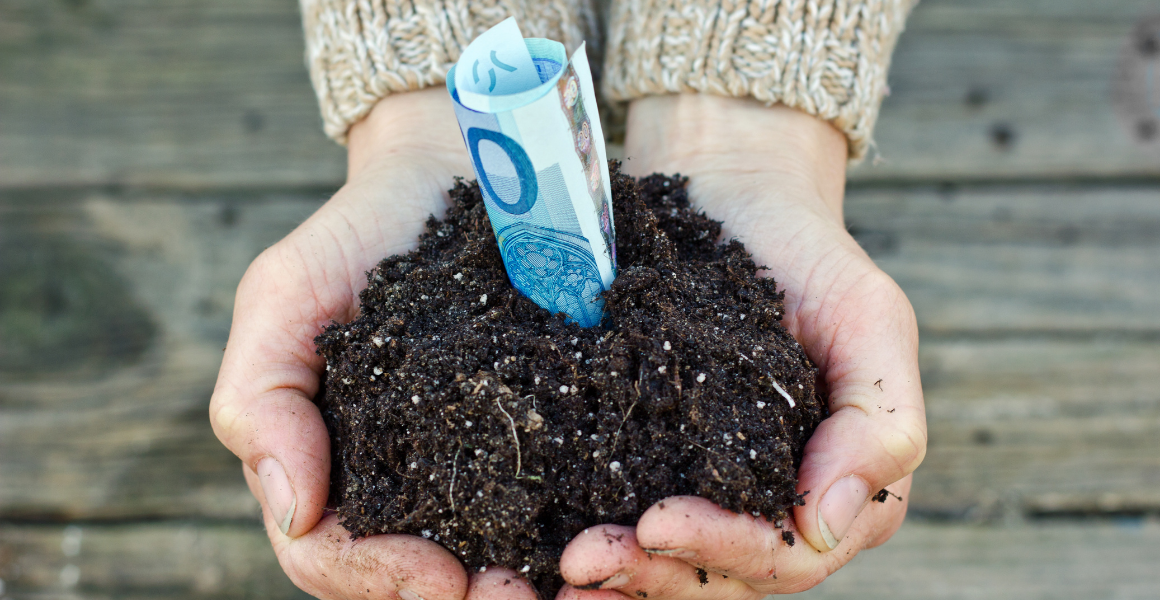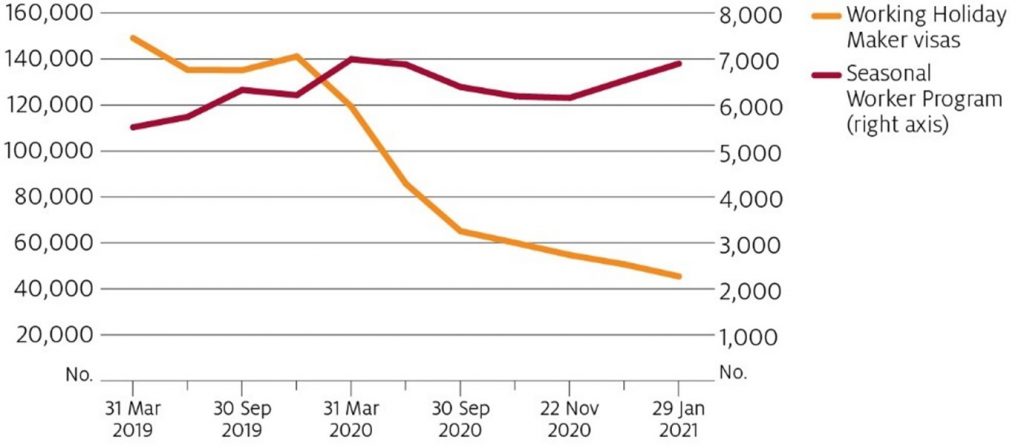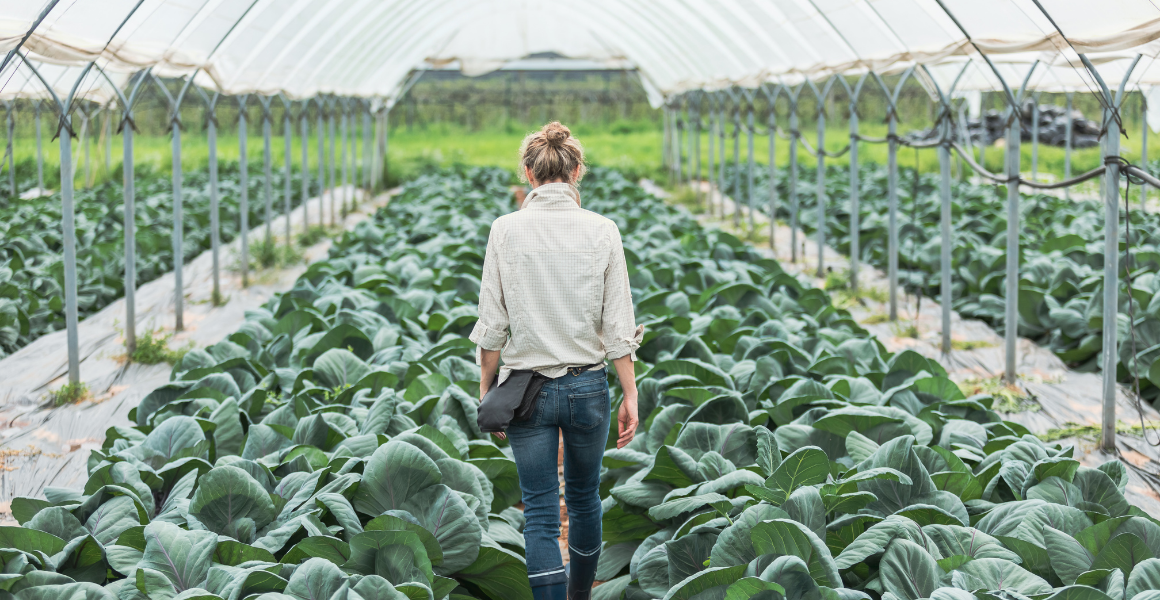
Plant export Industry Advice Notice: Export Plan for fresh produce from Australia to New Zealand
25 February 2021
Agri-business expansion initiative: Export
9 March 2021National Agriculture Workforce Strategy released
Earlier today the National Agriculture Workforce Strategy was released. The strategy’s recommendations have aligned with many of AUSVEG’s key policy areas including the calls for National Labour Hire Licencing, Expanding the Seasonal Worker Programme and Pacific Labour Scheme and the establishment of a National Agriculture Workforce Data Unit.
AUSVEG supports the release of the document, which has been with the government since early November, and will continue to engage with the government on the recommendations of the 328-page report.
Other key recommendations in the report include:
- Establishing an ‘employer of choice’ academy for employers using the Working Holiday Maker program
- Greater alignment of temporary worker visa programs
- A ‘one-off’ regularisation of undocumented workers in the country
- Creation of State and Territory Agricultural Industrial Zones
- Establish Multiparty State-Level Agrifood Labour Advisory Committees
- Instant tax write offs for field robotics
- Establish an Agrifood Capability Development Fund
The full strategy can be found here.
Minister David Littleproud’s media release can be found here.
See AUSVEG’s media release in response to the release of the strategy here.
ABARES highlights labour shortages
ABARES reinforced the impact of harvest labour shortages for the horticulture industry this week at the ABARES Outlook conference.
According to ABARES, production of fruit is forecast to fall by around 17% and production of vegetables will fall by around 2%, which will likely lead to price increasing of between 7-29% for a number of fresh produce lines.
ABARES forecast horticulture to drop in value by 1% broadly to $12.8 billion due to the harvest labour shortages.
The graphic below shows the issue that is currently upon the industry with the lack of backpackers in the country.

With the sign that international borders are unlikely to fully open in 2021, the outlook for harvest labour is likely to continue to decline.
To see the full report by ABARES see here.
AUSVEG and the National Farmers’ Federation Horticulture Council are continuing to highlight the shortage following the ABARES report. Some recent media activity on this issue is below.
- https://www.abc.net.au/news/rural/2021-03-04/abares-confirms-labour-shortage-hikes-up-produce-prices/13215142
- https://www.farmonline.com.au/story/7150208/farmers-told-to-plan-for-longer-traveller-arrival-ban-fewer-workers/?cs=5374
- https://thenewdaily.com.au/finance/consumer/2021/03/03/grocery-prices-australia-farmers/
Harvest labour still central to AUSVEG advocacy in 2021
Harvest labour has continued to be the major industry issue facing growers this year. AUSVEG last week travelled to Canberra to meet with Federal Departments as well as meet with some politicians on the issue.
AUSVEG met with new Shadow Agriculture Minister Julie Collins and highlighted the concerns regarding labour shortages in the sector, as well as the importance of a well-resourced biosecurity sector.
AUSVEG also met with the office of New Minister for International Development and Pacific Nations, Zed Seselja, to discuss ways to continue to improve the Seasonal Worker Programme and Pacific Labour Scheme.
Unfortunately, flights for SWP/PLS workers remain slow as industry battles with State processes as well as limited quarantine facilities. This is having an ongoing impact on the sector as SWP/PLS arrivals are not keeping pace with exiting backpackers.
This will continue to be an issue and AUSVEG is working with industry colleagues and all levels of government to look for solutions to bring workers into the country and at scale.
National Lost Crop Register
The National Lost Crop Register is still available and growers are urged to log their losses in the register to assist with ongoing advocacy efforts.
The register is so far showing $50 million worth of losses from just 71 growers nationally.
To fill in the register see here.
HILA Review
While harvest labour has been a focus, the Horticulture Industry Labour Agreement (HILA) has now been operational for 12 months. The HILA was created in 2020 and allows growers to access skilled and semi-skilled workers from anywhere in the world for 31 horticulture occupations.
Through AUSVEG’s work in negotiating the agreement, it has a 12-month review built into it. AUSVEG will seek improvements to the HILA to better assist growers to be able to access the workforce they so desperately need.
If growers have any feedback on the HILA, they are encouraged to reach out to AUSVEG.
To view the HILA and other visa options available to growers see here.
Harvest Trail industry service collaboration
AUSVEG was recently successful in a bid for a project by the Department of Employment, Skills and Education (DESE) regarding opportunities in the horticulture sector.
Over the next two years, AUSVEG will produce a range of videos showcasing skilled occupations and career opportunities within the horticulture industry and the day-to-day operations of the job.
The videos can then be shared across social media platforms and promoted to young people to pursue a career in our great industry.
Health Star Rating for juice
We were disappointed with the decision of the Ministerial Forum on Food Regulation to classify fruit juices as less healthy than diet colas with its revised Health Star Rating system.
It is our view that the broader health benefits of natural fruit and vegetable juices should have been taken into account with the decision around the Health Star Rating system, especially for natural products such as fruit and vegetable juices.
Pure fruit and vegetable juices are an important source of essential vitamins and minerals and play a valuable role in a healthy, well-balanced diet. Fruit and vegetable juices have a range of health benefits that are not captured by the revised Health Star Rating.
While about 3 per cent, or 93,000 tonnes, of total annual vegetable production in Australia is consumed in juice form each year, it is important the messaging around the Health Star Rating system doesn’t confuse consumers.
We should be making it easier for people to decide what is healthy and what is not; myriad research and advice from nutritionists and scientists highlights the importance of eating more fruits and vegetables for maintaining a healthy, well-balanced lifestyle.
We believe that the Ministerial Forum on Food Regulation should have given automatic ratings of at least 4 stars to fruit and vegetable juices, as anything less could undermine the entire system and risks sending a message to the public that soft drinks with artificial sweeteners are healthier than fruits and vegetables.
Horticulture Code of Conduct
The impact of the Horticulture Code of Conduct and its relative enforcement is still regularly raised with AUSVEG. There is a wide-ranging concern from members that the Code has either just been signed and forgotten about, or it is not being properly enforced.
AUSVEG, via the National Farmers’ Federation Horticulture Council, recently met with Australian Small Business and Family Enterprise Ombudsman, who is keen to hear from growers about any issues they may be having under the code.
See here for information on the Horticulture Code of Conduct
Fair Farms
Growers are encouraged to consider Fair Farms to help demonstrate their fair and responsible employment practices.
Fair Farms is now recognised by the major supermarkets in ALDI, Coles and Woolworths and is an industry-led, grower-owned initiative.
For more information head to fairfarms.com.au.

